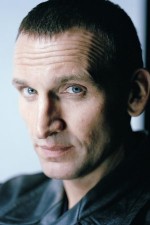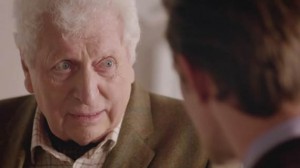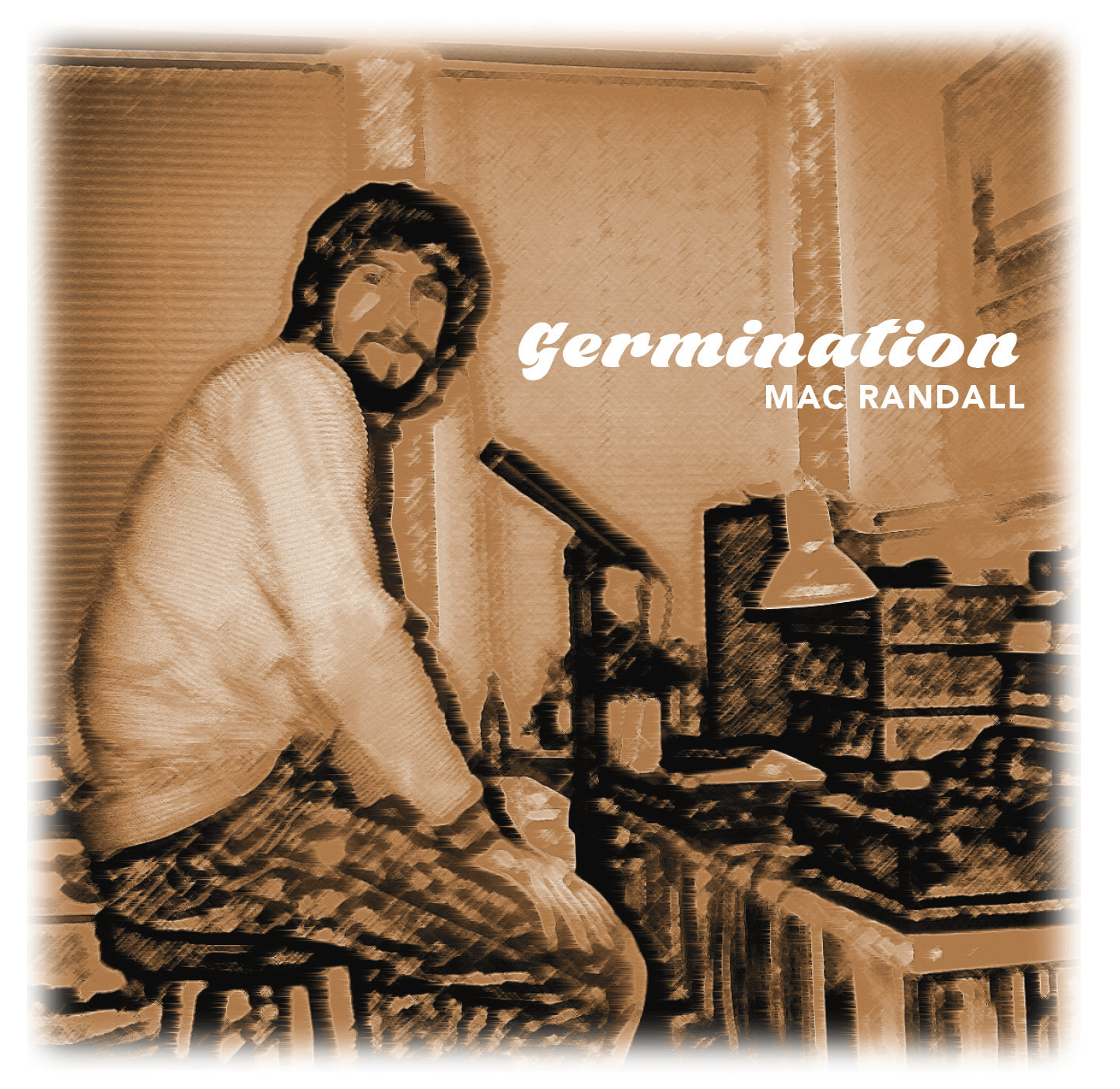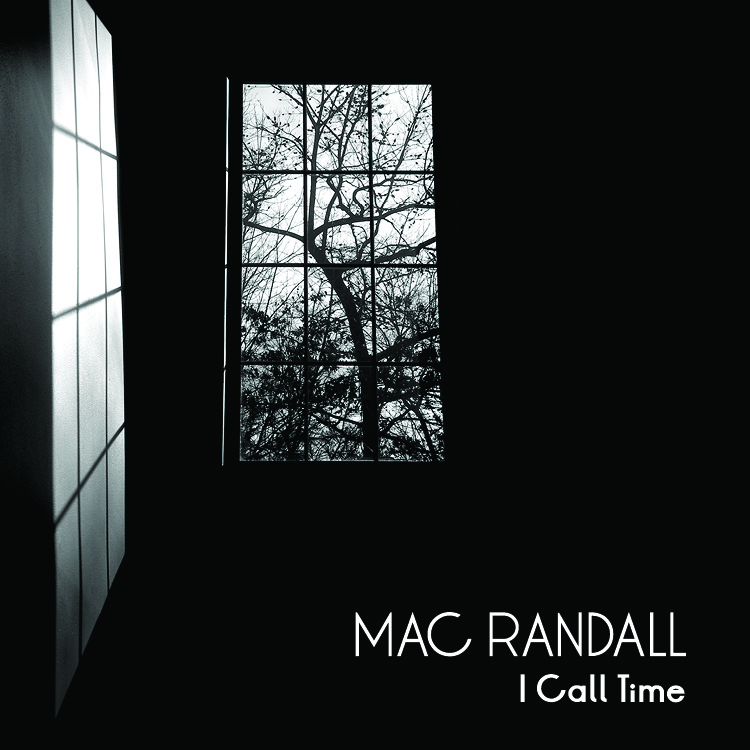The Return of the Doctor (Episode 2)

Christopher Eccleston as the ninth Doctor. He was the face of the revamped franchise, but I didn’t appreciate him.
If you read my earlier post about Doctor Who, you may have noticed that I said nary a word about the show’s rebirth in 2005 after nearly 17 years out of production (if you set aside the ill-fated 1996 Fox TV movie, which I will for the sake of convenience). That’s because the new show had little impact on me. I was aware, and happy, that Who had been revived, but I didn’t care for what I saw the first time I put it on. Christopher Eccleston’s buzz cut, Northern accent, and lack of flamboyance just didn’t resonate with me. I will freely admit that my image of the Doctor was probably too stuck in the past. Leave this for the kids, I thought; I was a Classic Series man, and that was how it was going to stay.
As the years passed and the new Who’s popularity burgeoned, it became harder for me to avoid the show completely. First David Tennant, then Matt Smith succeeded Eccleston as the Doctor. Seeing them in brief clips, I had to admit they both fit the part well. Friends who were fans wrote interesting Facebook posts about characters and plotlines and recommended New Series episodes for me to watch. I took note, but didn’t see any of them. One story from the Smith era, 2012’s “The Angels Take Manhattan,” was actually filmed in part on my street. Camera crews are common in my rather quaint New York City neighborhood, but when I found out what this camera crew was doing, I briefly lost about 30 years off my inner age. And yet that initial excitement faded in minutes. Once it was gone, I never even considered checking out the final product when it was broadcast. I’d been drawn closer, but I still hadn’t come the whole way back. Maybe I thought that opening myself up to the new series might somehow tarnish my memories of the old one.
By the time I finally watched a complete episode again, it was 2013—Doctor Who’s 50th-anniversary year. I was on a plane back to New York from Paris, and several recent Who installments were among the in-flight video entertainment choices. I remembered a friend telling me that any of the new shows featuring old enemies was worth a look, so I picked “Asylum of the Daleks.” The Daleks, evil mutants housed inside robotic shells, are the Doctor’s longest-running adversaries, if you’re basing your measurements solely on the show’s lifespan (they were first introduced to the public in December 1963). The central twist of this story is that the Daleks are in a serious jam and need their greatest foe to help them out of it. Apparently, some Daleks are too crazy even for other Daleks; those prize specimens are confined to an asylum planet so they won’t cause trouble, which is all fine and dandy until the planet’s security field gets breached. I watched the whole thing, and I found it good.
(While we’re on the subject of Daleks, here’s Jill Lepore describing them in a wonderful article about Doctor Who that appeared in the November 11, 2013 New Yorker: “They have no legs; instead, they’re built of what look like shiny, polka-dotted skirts about the size and shape of the base of an industrial-grade floor-waxing machine. One arm looks like a plunger and the other like a whisk. If they weren’t psychotic mutant alien murderers, a Dalek would be useful to have around the house, unclogging drains, scrambling eggs, and polishing the floors.”)
Before long, I began hearing vague rumors about “The Day of the Doctor,” the special episode marking the day, exactly five decades earlier, when Doctor Who was first broadcast in the U.K. Frankly, it would have been close to impossible not to hear something about this mega-publicized extravaganza: the largest simulcast of a TV drama in history (including 94 countries), plus 3D showings in movie theaters and mass viewings organized in nerd-friendly bars around the world. This was an event, and as the Doctor’s day grew closer, I began to feel my residual resistance slipping away; I had to be part of it. And so, at 2:50 PM on November 23, 2013, I turned on BBC America. Watching along with me was my daughter, who was the same age I was when I saw Doctor Who for the first time.
It was marvelous. The plot—I won’t even attempt to get into it here—was extremely complex, perhaps overly so, but that just made it more fun. Minutiae regarding Gallifrey and UNIT and Zygons (!) moved from the deepest recesses of my subconscious mind to the tip of my tongue within seconds. And then there was the final masterstroke: the appearance of Tom Baker, my Doctor, as the mysterious fellow in charge of a secret art vault hidden beneath London’s National Gallery. His voice—dramatic, stentorian, unmistakable—appears first. The eleventh Doctor, played by Matt Smith, sits alone (or so he thinks) in the exhibit hall, musing aloud that someday, when he retires, he could take over as the place’s curator. To which that voice booms out in reply, “You know, I really think you might.” A full 25 seconds later, the voice’s owner is revealed on screen, now a white-haired, unregenerated 79-year-old clutching a cane in his left hand. Yes, there were tears.
My daughter enjoyed the show too. At least that’s what she told me. I suspect it might have made her head hurt a little.
Following this watershed moment, I went online and quickly became aware of the high level of Whomania that exists on the Internet. I marveled at the command of detail in Christopher Bahn’s ongoing series of classic Who critiques for the AV Club, and got many good laughs from Neil Perryman’s Wife in Space blog, which purports to transcribe the dialogue between him and his wife as they watch every single episode of the show in order. I even discovered that there had recently been a Long Island Doctor Who convention—in Ronkonkoma, of all places. (Sylvester McCoy was there! And Waris Hussein, who directed the ’63 debut story!) And I watched the 2013 Christmas episode, in which Matt Smith regenerates into Peter Capaldi, Doctor number twelve (or so we think). Compared to “The Day of the Doctor,” it was disappointing, but really, how could it have been otherwise? I was still ready for more.
Recent months brought one other major piece of Who news: the “rediscovered” stories. Because Auntie Beeb didn’t always believe so much in hanging onto old stuff, many of the videotapes containing the 1960s Doctor Who episodes were erased and/or destroyed in the ’70s. Ninety-seven of those episodes remain missing, but over the years, prints of others have been found in various countries around the world. In October 2013, the BBC announced the discovery of nine episodes in Nigeria. This allowed two stories from the show’s fifth season, “The Enemy of the World” and “The Web of Fear,” to be seen for the first time since they were broadcast in 1967 and ’68.
I bought both programs via iTunes and downloaded them one 25-minute episode at a time. I watched “The Web of Fear” first, since I’d always found its plot summary enticing—how could you possibly go wrong with a story that features robot Yeti invading the London Underground?—but, although entertaining, it wasn’t quite the revelation for which I’d hoped. “The Enemy of the World” was something else again, a cracking good thriller that gained dramatic momentum as it went along, with a brilliant double performance by Patrick Troughton as the second Doctor and a shady would-be dictator named Salamander. As I prepared to watch the sixth and final episode, I realized something. I was more excited about a TV show than I’d been for years.
And that was when I knew that it was time to change the way I talked about this particular TV show. For about two and a half decades, I’d gotten used to telling people, whenever the subject came up, that I was a big Doctor Who fan. Now I’d have to tell them that I am a big Doctor Who fan. The past had become present, the circle completed and, just possibly, the polarity of the neutron flow reversed.







